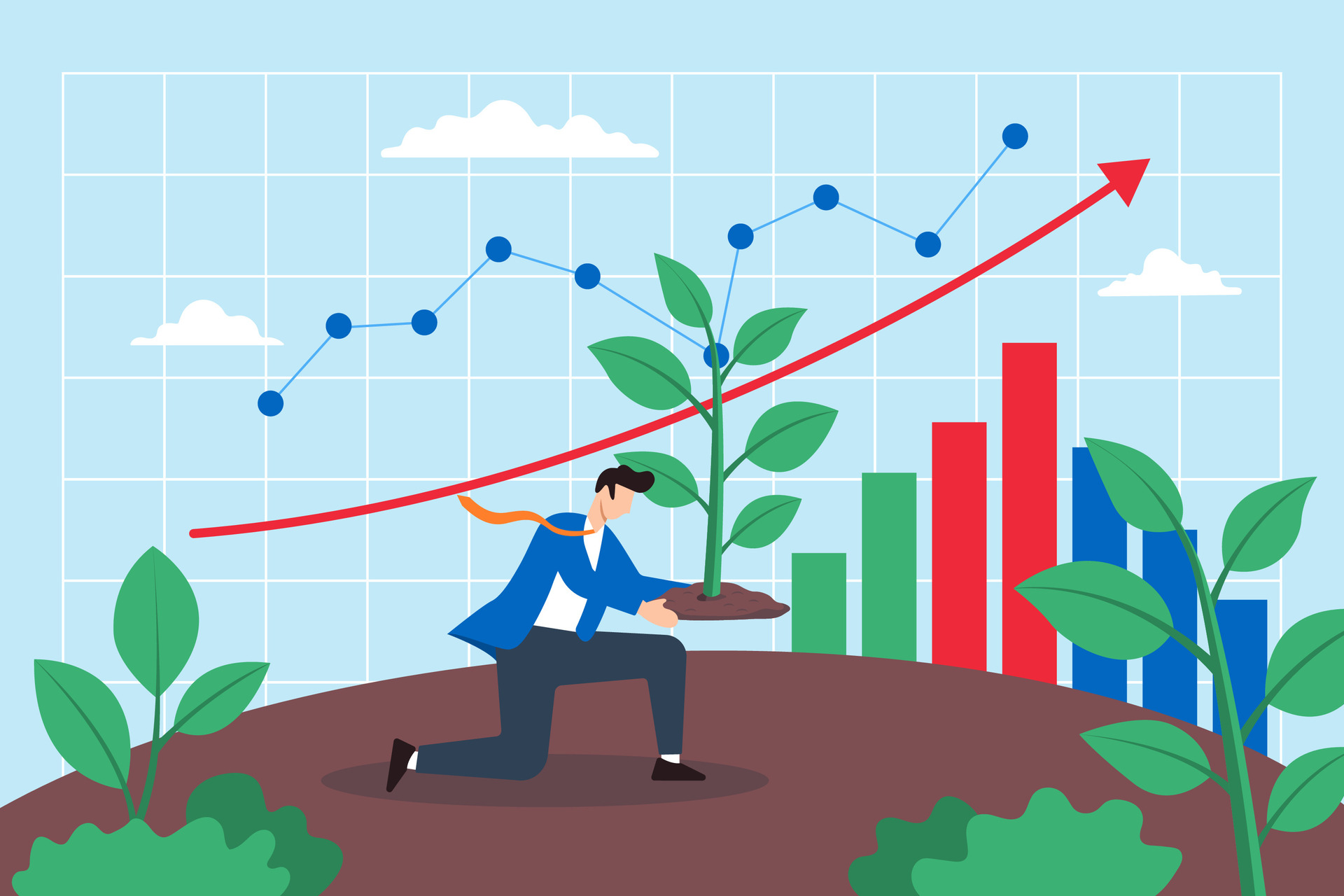Technology has changed the retail industry in so many ways. From how we purchase down to how we shop in general.

As technology advances, so too does the way the retail industry operates. Customers expect more from retailers and if they are unable to deliver then they lose out.
A brief history of retail technology:
The first instance of technology within the retail industry came around with the introduction of calculators and electronic tills. While nowadays an electronic tills and payment system is standard, it wasn’t always the case.
Previously, retail industries relied on manual processes from calculations of customers bills as well as paper invoices and more. Businesses remained this way for many years.
As the years go on businesses found themselves with access to many different forms of technology. Software solutions which helped streamline their business processes as well as providing clarity for their customers.
Further technological advancements in retail:
Once technology had been firmly established in all retail stores, businesses saw the opportunity to continue to grow their business with the use of technology.
Introduction of self-checkouts, click-and-collect order processes and digital apps became the standard. As technology embeds itself in our everyday lives, retailers must also move forward and provide customers with a complete digital experience.
Many retailers found the pandemic to be a major turning point in regards to digital retailing. With the restrictions in place it was time for retailers to revolutionise their working processes. Many adopted online shopping and click and collect services, as well as card only payment options.
However, the side of retail most customers don’t see is the back operations required to run the retail business. These companies not only needed to rework their front end processes but also their backend processes. Technology helped to pave the way for many people to work remotely, and many continue to do so.
Cloud computing became standard as many companies required access to dedicated servers in order for jobs to be completed. As the demand for cloud computing builds it won’t be long before demand exceeds the capacity of these software solutions.
What is next for retailers?
There are many ways that technology will continue to change the retail landscape. As in store shopping continues to dwindle, we may see more use of augmented reality and virtual reality being implemented.
Some retailers may begin to use automation to replace manual processes. These systems can help streamline the buying process as well as allow human workers to focus on more important tasks.
As technology advances and the way people interact with the retail industry evolves, more focus will be placed on interactions and the customer experience. Businesses will need to focus on their customer service in order to fully accept the digital transformation that technology provides.
Social media continues to influence the way people purchase products, so much so that many online platforms have created dedicated social media shops. This may continue to increase as we see the popularity of social media rise in usage with each generation.
There may even be the complete adoption of digital currencies which will change the way people spend their money. The government is already working on a digital centralised currency with the intention of implementing it across the UK.
Read more in our blog about the future of retail technology.
What is clear, retailers will need to continue to adopt, improve and evolve their digital processes in order to remain competitive.
Technology continues to evolve and improve. Working with a consultant who can implement the best solution for your business is essential to getting the most out of your digital transformation. Here at Tratech, we place what you need above all else. Contact our experts today to see how we can help you transform your business.








